Whale watching is an activity that is very popular in Australia and tourists have the activity on their bucket lists. The experience is a splendid example of earthly beauty which will make you admire the work of the creator. Whales are the largest mammal to live on earth and having an up-close visit with the whales is the experience of a lifetime.
Australia offers plenty of whale-watching opportunities and it is a popular activity for tourists. As the country is blessed with diverse marine life and a stunning coastline, it is a prime location for whale watching. If anyone thinks about how to whale watch in Australia, they must know that the country is a prime location for whale watching with a plethora of unique opportunities for tourists which makes watching the majestic creatures in their natural habitat a popular attraction.
In this blog, we will learn about 11 reasons why everyone needs to go whale watching in Australia. The blog will try to help tourists learn why they must go whale watching at least once while visiting Australia.
1. Beholding Beauty Of Nature
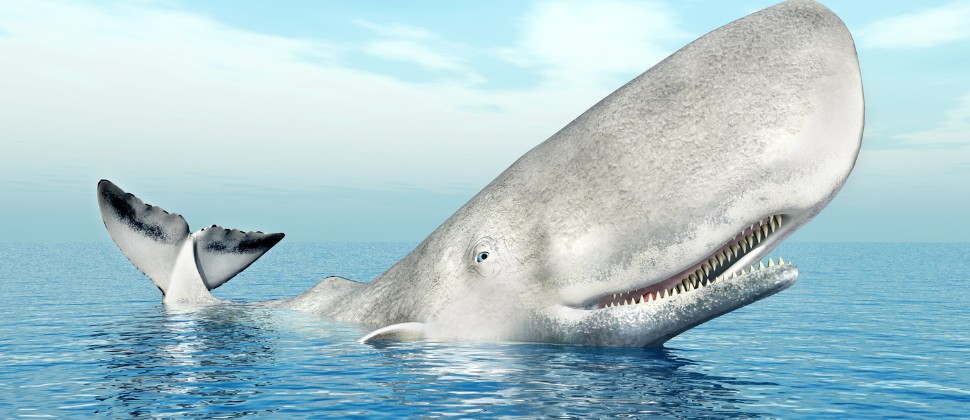
Whale watching is an activity where visitors can behold the beauty and awe of nature and its creation. Whales are some of the most beautiful and majestic creatures on planet earth. Getting up close and personal with the world’s largest mammal is an experience of a lifetime. Watching a humpback whale breaching out of water is unlike anything which most people experience in their lifetime. It is a view that no one can stop appreciating and saving as a golden memory.
Visitors will be at the surprise of their life when they experience the gigantic size and beauty of a blue whale up front. Visitors will find new reasons to sustain mother nature and the splendid life like the whale it shelters.
2. Witness Humpback Whale Migration
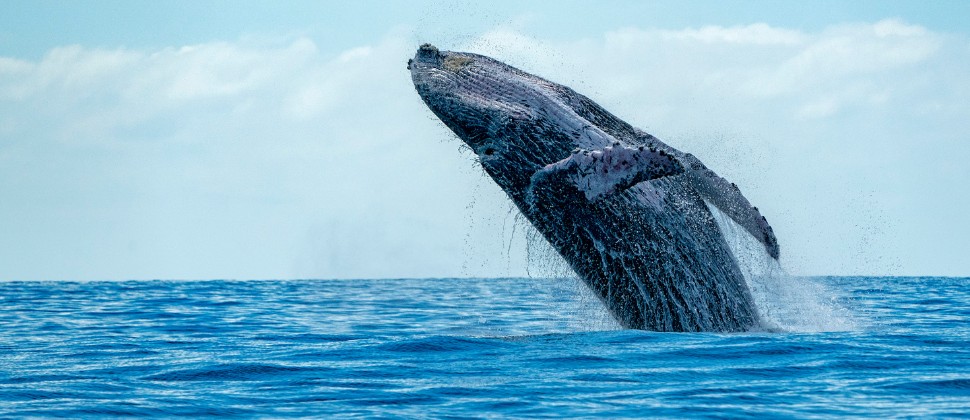
Just like birds migrate to the warmer region during the winter, so do Humpback whales. It is a major reason why visitors in Australia should go whale watching. From May to November, humpback whales migrate from Antarctica to the warmer waters of the Great Barrier Reef. Humpback Whales migrate to the Great Barrier Reef for mating, giving birth and nursing their young ones.
Witnessing these visuals will help the tourists to learn about the motherly nature of the whales. These gigantic creatures of the ocean have a gentle caring nature within them. People can relate to their romantic relationship when they come across pairs of whales together before mating. It is a sneak peek into animal life where they are closely related to emotions like love and care.
3. Contribute To Eco-Tourism
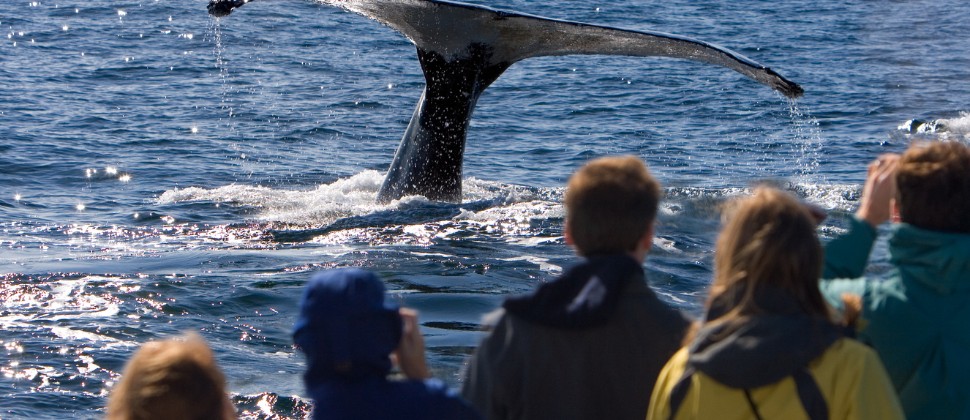
When tourists go whale watching, they are promoting sustainable and responsible tourism practices. The contribution goes beyond just aiding the economy or supporting the people. Responsible tourism practices in Australia aim to support and protect marine life and its members. The eco-tourism focuses on preserving the natural habitat of whales and promoting the conservation efforts made to protect them.
As tourists indulge in whale-watching activities, they will directly or indirectly contribute to the local conservation groups which are partnered by the Australian government. Whales are among the endangered species in much need of support and conservation from the people. Tourists are among the important stakeholders who will contribute to the cause through whale watching in Australia.
4. Australia Boasts Some Of The Rarest Whale Species
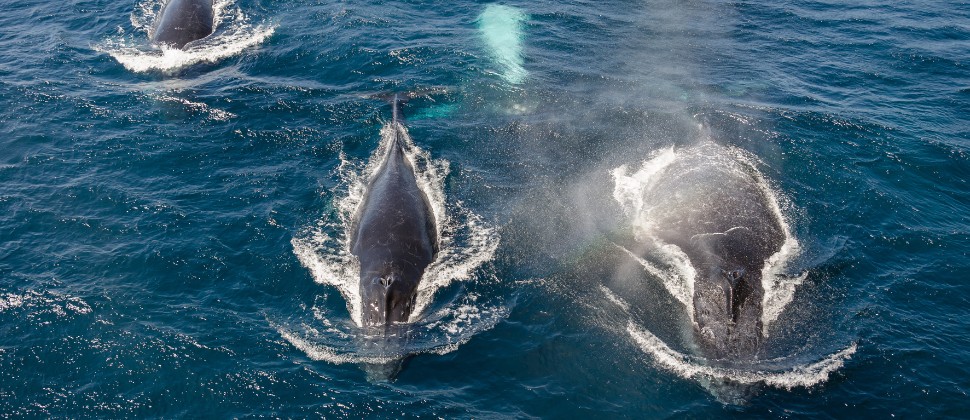
Finding some rare whale species while whale watching in Australia adds icing on the cake. As Humpback whales are a common spectacle in Australia, the country offers various other rare species of whale which adds to the experience.
Humpback whales are common in the Platypus Bay, Queensland area. Western Australia offshore offers views of rare Southern right whales which are among the endangered species. In addition, there are other rare whale species like Orca, Southern Bottlenose Whale, Pygmy Killer whale, and False killer whales. If luck favours them, the tourists can have a glimpse of the rarest Sydney Blue whale which has been seen three times in the past hundred years.
5. Gain Some Whale Trivia
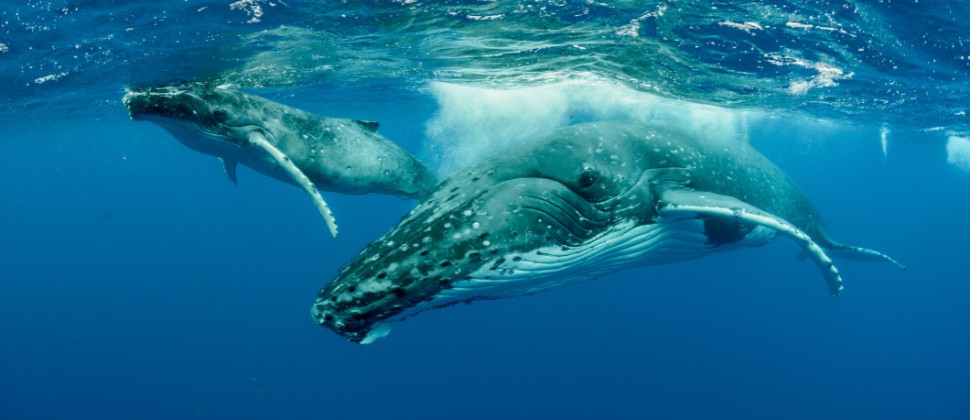
It is an added reason why tourists are recommended to take a guided tour for whale watching. For example, whale watching in Sydney offers educational and learning experiences for visitors. Especially, the families’ visitors having a well-narrated knowledge and trivia on the whales will increase the awareness of the people about whales and why they should be protected as a species.
The experience of watching the giant mammals with storytelling like the information shared by the guides makes the activity more engaging. Learning about behavior, biology, and conservation efforts on these incredible creatures from mother nature is sure to keep people more aware and educated.
6. Enjoy With Family

Whale-watching is a far more engaging and exciting activity for families, especially those who are having kids. Forget about 3D movies, the best Netflix shows or an amusement park, whale watching brings people closer to the wonderous creation which mother nature has created. It is an experience that is equally fun, and thrilling and will fill up the kids with the joy of watching whales swim past the boats. It is an experience that each member of the family will keep for their life and share with friends and peers.
Whale watching for families comes with a bonding experience as they share a unique experience. The excitement and wonder the family members share create a memory that lasts a lifetime.
7. Additional Marine life experience
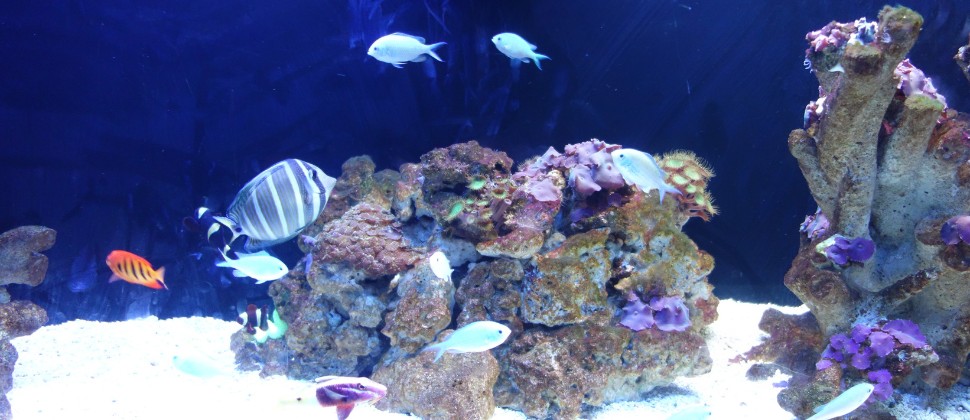
Since whale watching is done out in the open sea, there are chances to see more ocean life. Visitors can pick up some early research before the ride, which can enchant their experience. For example, whale watching on the Gold Coast brings visitors up close and personal with a variety of dolphins. Dolphins are one of the most beloved marine mammals besides whales. It is an added experience that the visitors get while doing whale watching on Australian coasts. These wonders of nature are among the most intelligent animals on the planet. The Australian coast boasts thirty-eight dolphin species that are frequent around the Gold Coast waterways.
Some of the species of dolphins which visitors can come across besides the whales are common dolphins, Australian humpback dolphins, and Indo-pacific bottlenose dolphins. In addition to dolphins, visitors can have a glimpse of Minke whales, and whale sharks which are considered among the largest fish species on earth.
8. Up Close And Personal With Whales
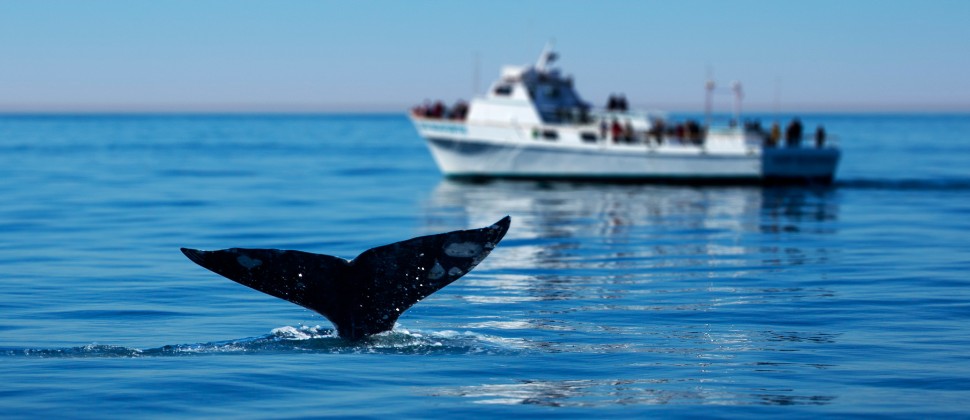
Whale watching will give visitors a sneak peek into the life of whales. Visitors will get the unique opportunity to peep into the whales, and their habitats, and it will be a whole new experience. There are organized tours that provide visitors to swim with the whales which can be accessed upon permission.
Getting along with the life of whales is just like meeting a family that has a father, mother, and baby. They are just like neighbors who live their life and watching them is an exciting opportunity.
9. Stunning Scenery
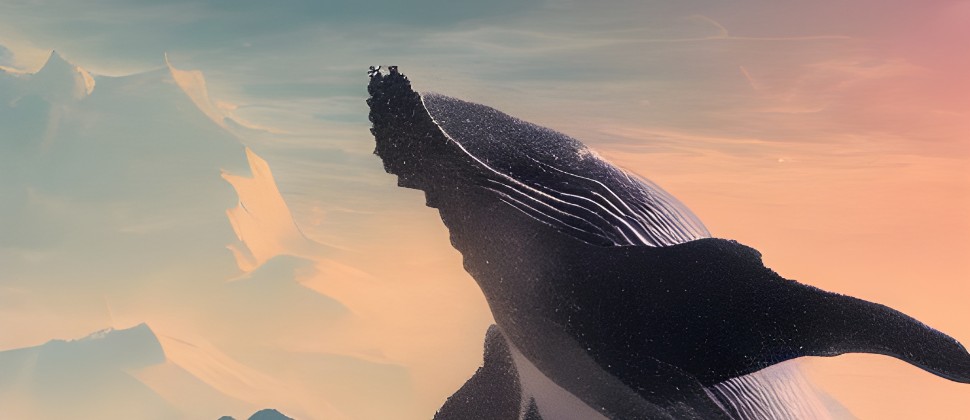
Australian coasts offer splendid scenic beauties which add to whale watching. Most whale-watching programs in Australia take place in some of the scenic areas of Australia. These places include the Great Barrier Reef, Ningaloo Reef, and Sydney Harbor.
As the places are known across the world for their scenic nature, whale watching won’t be boring even if the whales become too shy to show up. Watching the open ocean from any of the spots with seagulls gliding through the skies is a scene to behold. Watching the whales make some acrobatic moves on the horizon with the sun kissing the body is a view to behold. Visitors can also experience a soothing sunset or sunrise with the seagulls filling up a perfect picturesque frame. In addition, the coastlines where whale watching occurs are often incredibly scenic, with rugged cliffs, pristine beaches, and turquoise waters. Visitors will have the opportunity to enjoy stunning views of the coastline while also keeping an eye out for whales.
10. Ultimate Photo Opportunity
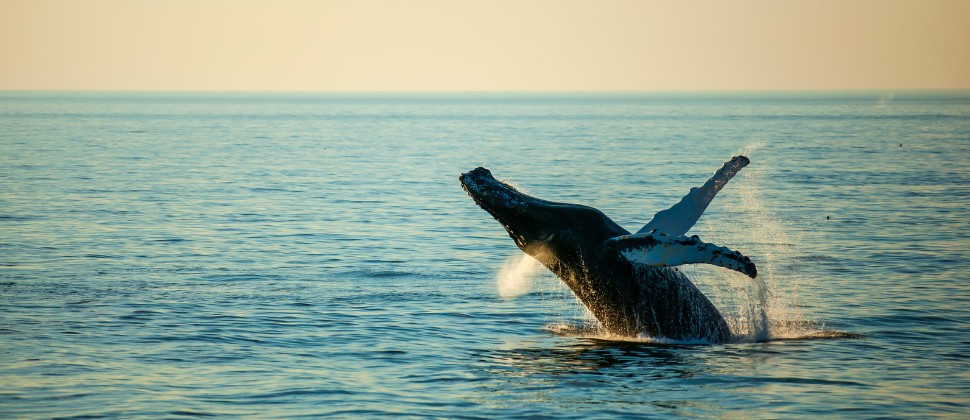
Whales are among the most photogenic creatures on the planet. If any visitor can get a perfect frame, it is a thing to brag about among peers. One shot can become the memory of a lifetime which will be treasured in the family.
For people who are into wildlife photography, whale watching on any of the Australian coasts should be on their bucket list. Having the perfect frame of whales against the setting sun is a photo that most people long for. Having a photo of the family against a gigantic whale is a memory to be shared with others.
11. Perfect For All Ages
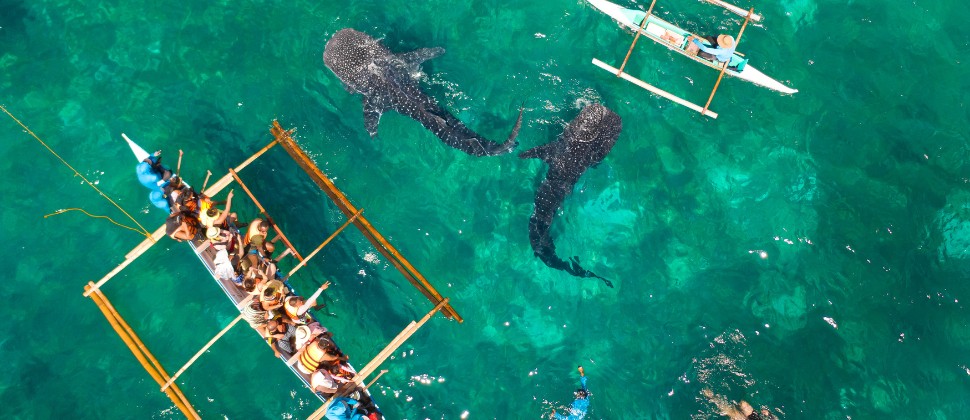
Whether there are kids or old people, whale watching activity is perfect for all ages. It is just the perfect activity whether visitors are with family, parents, or kids. The friend or peer groups will not find it boring to engage in the whale-watching activity.
Whether it is for vacation, weekend outings, adventure, or rendezvous with splendid creatures of nature, whale watching is an undisputed winner as an activity. It is such an experience that fuses knowledge, education, and excitement and generates appreciation and admiration for creatures of mother nature.
Some Preparation Tips For Whale Watching In Australia
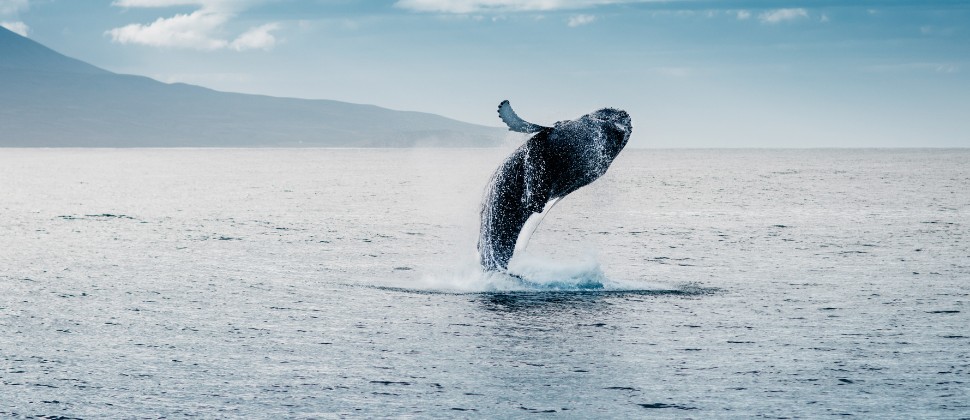
- Camera is a must-have while visitors are engaged in the whale-watching activity. Having a camera will help to capture precious moments from one of the finest examples of life. You can also hire the best photographers to capture the best moments of your trip.
- Please keep sea sickness pills to avoid undesired situations while whale watching. Most people can have seasickness while whale watching. The entire experience can be ruined due to sea sickness. Just to ensure a happy experience, make sure to do whale watching early in the morning when the sea tends to stay calmer.
- Make sure to keep spare clothes as whales splash huge amounts of water which is sure to make you wet. Since whale watching is a long activity, it is preferred to have extra clothes for changing the wet ones.
- It is recommended to bring sunglasses, sunscreen, and layered clothing to beat the scorching heat during whale watching.
- Visitors are to bring their snacks and fresh drinking water to keep themselves hydrated. Especially if visitors have old people or kids with them, having their refreshments is essential during the activity.
- Binoculars are an essential piece of equipment that will help the visitors to catch the whales which are further away from the boat.
Cost of Whale Watching
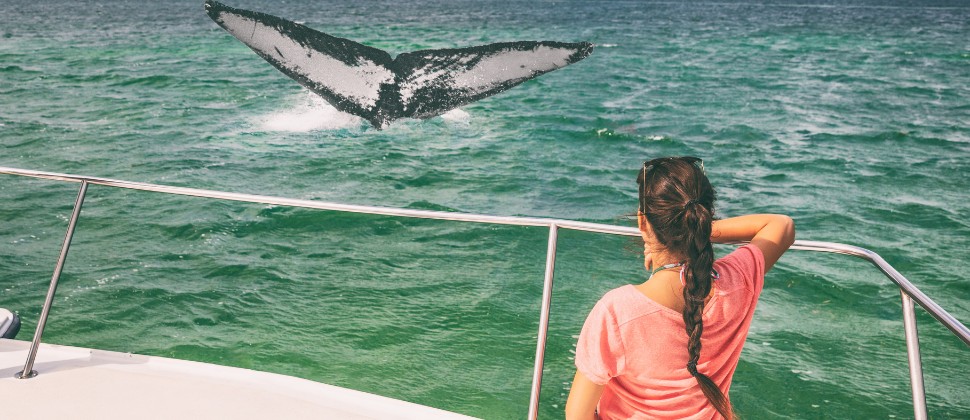
The cost of whale watching in Australia can vary depending on the location, the duration of the tour, the type of vessel, and the services included. Typically, the cost for a whale watching tour in Australia ranges from AUD 60 to AUD 200 per person, with most tours offering a duration of 2 to 4 hours.
Some tours may also include additional services such as food, drinks, or transportation, which can affect the overall cost. It’s also worth noting that some tour operators may offer discounts for children or group bookings, so it’s worth checking with the tour operator beforehand.
Overall, while the cost of whale watching in Australia can vary, it’s generally a reasonable and worthwhile expense for the opportunity to witness these magnificent creatures in their natural habitat.
Best Whale Watching Tours In Australia
There are many excellent whale-watching tours in Australia, and some of the top options include:
- Hervey Bay Whale Watch: Hervey Bay is one of the best places in Australia to witness humpback whales, and Hervey Bay Whale Watch offers a variety of tours departing from Hervey Bay. Their half-day tours are informative, with experienced guides sharing insights into the whales’ behavior and history.
- Spirit of Gold Coast: Departing from Surfers Paradise, Spirit of Gold Coast offers a range of tours, including whale watching and dolphin spotting. The tours feature a comfortable vessel with spacious viewing decks, ensuring an unobstructed view of the whales.
- Sydney Whale Watching: Sydney is another popular destination for whale watching, and Sydney Whale Watching offers a range of tours departing from Circular Quay. Their experienced guides provide informative commentary, while their vessel offers great views of the whales.
- Whale Watch Western Australia: Whale Watch Western Australia operates from Bremer Bay, a region that is renowned for offering some of the best orca and humpback whale-watching experiences. The tour offers a full-day adventure, which includes a scenic boat ride, lunch, and the opportunity to see whales up close.
- Naturaliste Charters: Naturaliste Charters is based in Augusta, Western Australia, and offers whale-watching tours from Augusta and Busselton. They offer a range of tours, including half-day and full-day tours, and provide experienced guides, a comfortable vessel, and plenty of opportunities to see humpback and southern right whales.
Final Words
In conclusion, whale watching in Australia is an experience like no other, offering a unique and awe-inspiring encounter with some of the most majestic creatures on the planet. From the humpback whales’ acrobatic displays to the southern right whales’ gentle movements, every moment spent observing these magnificent animals in their natural habitat is one to cherish forever. Whale-watching has to be a bucket list for every visitor because it is rare to experience seeing wildlife in their habitat. So, pack your bags, grab your camera, and prepare to embark on an incredible journey to witness these incredible creatures up close and personal. Your encounter with the whales will not only leave you with a sense of wonder and amazement but also a newfound appreciation for the incredible natural world we are fortunate to inhabit.




